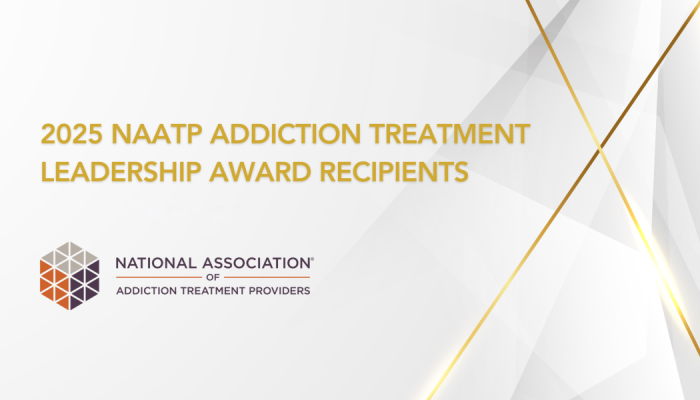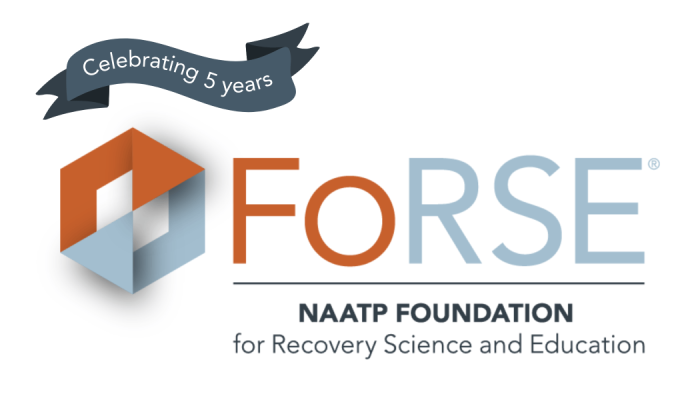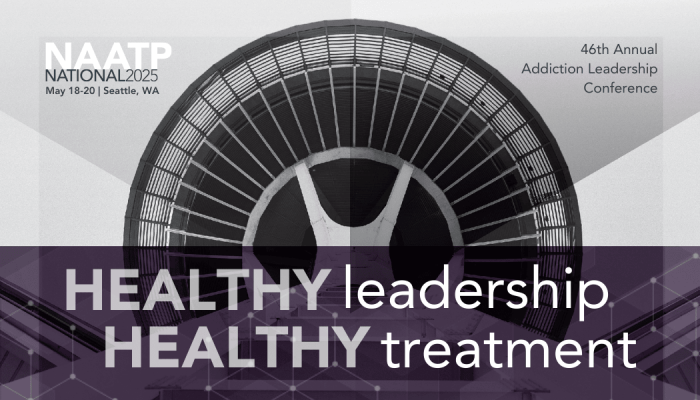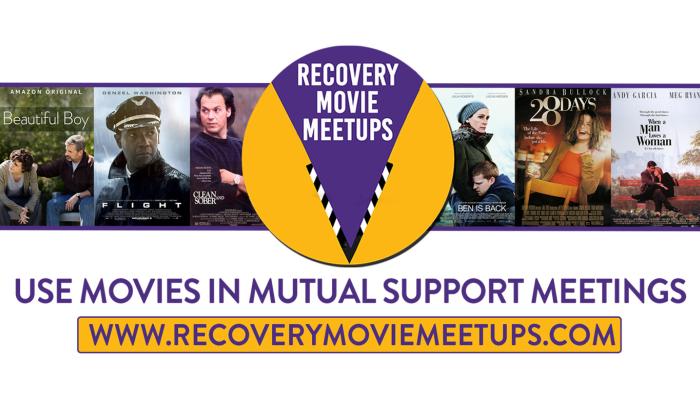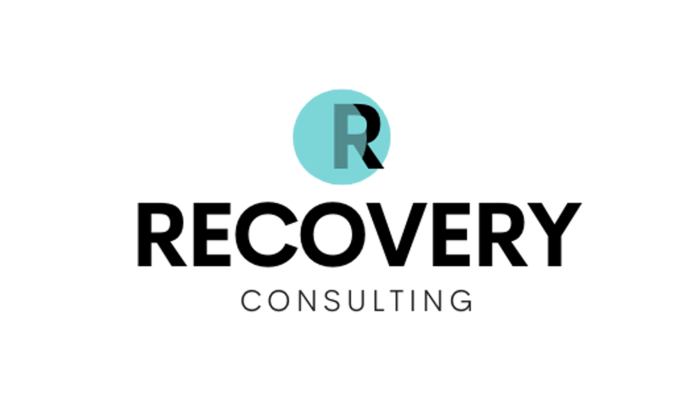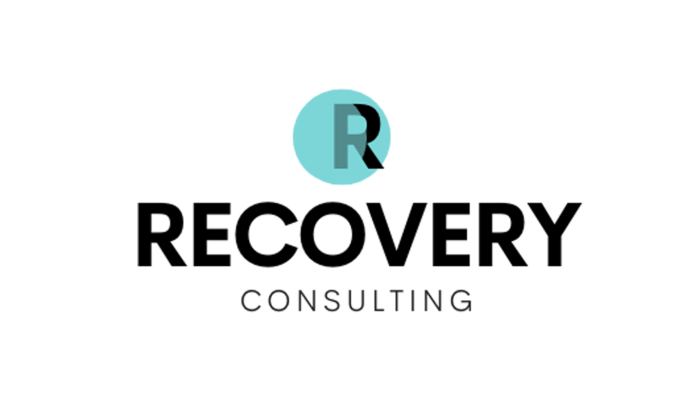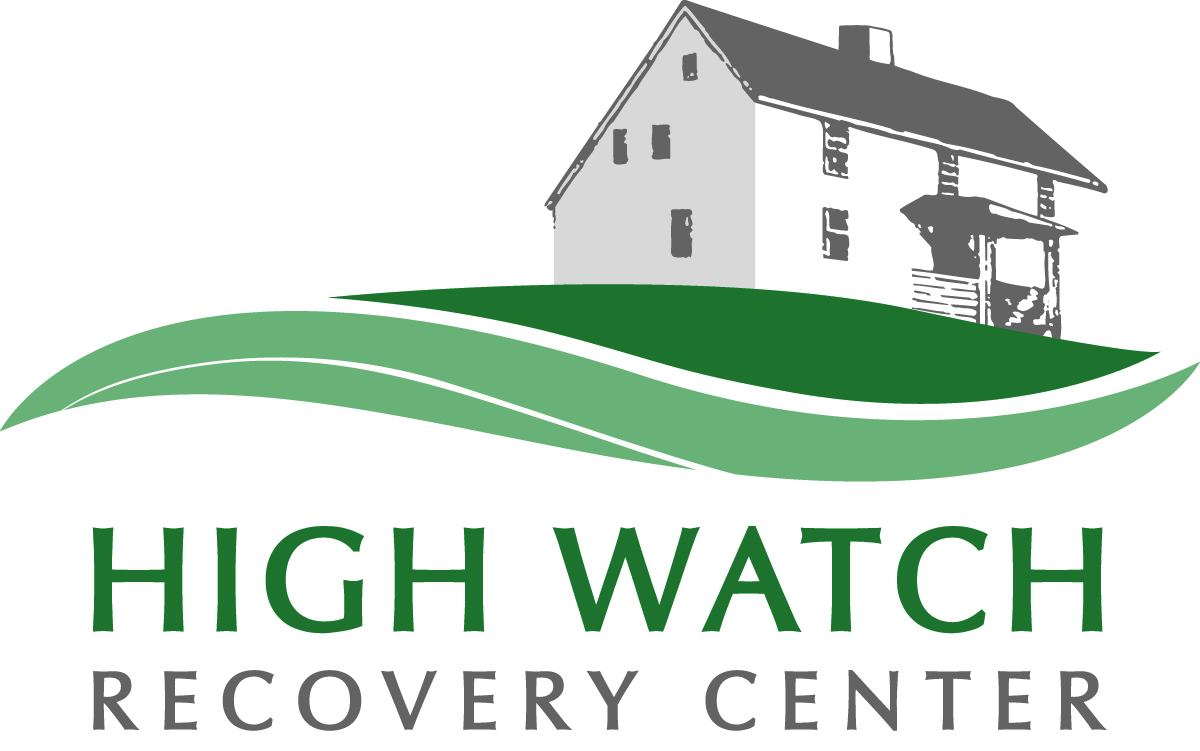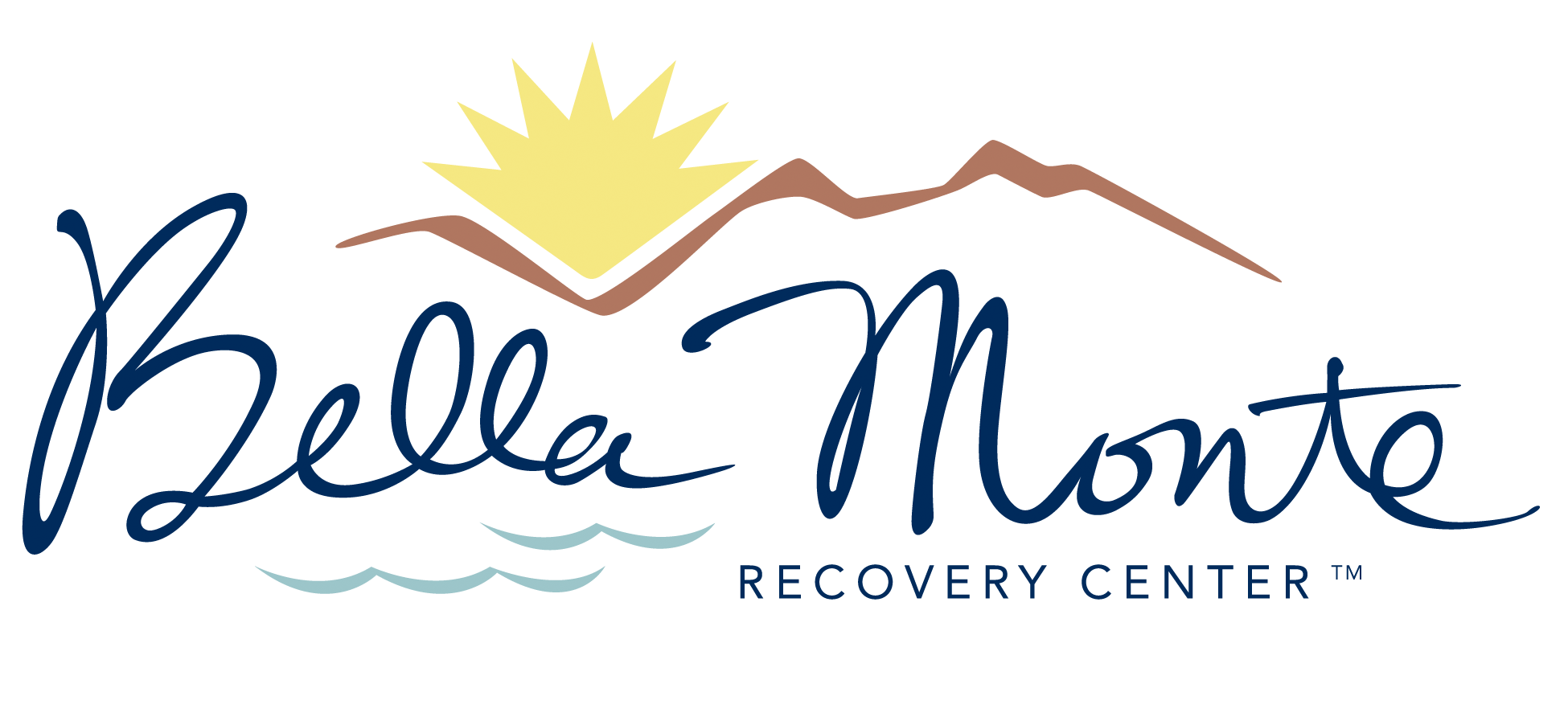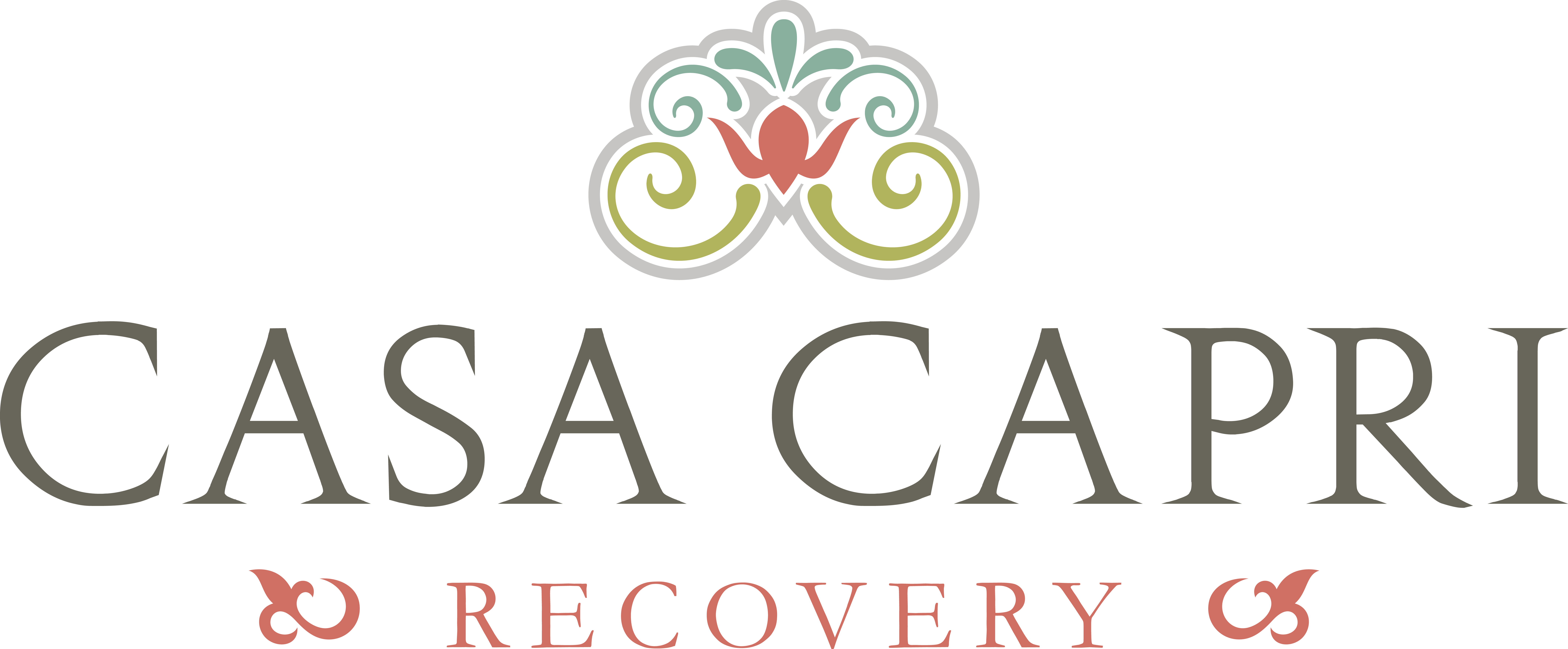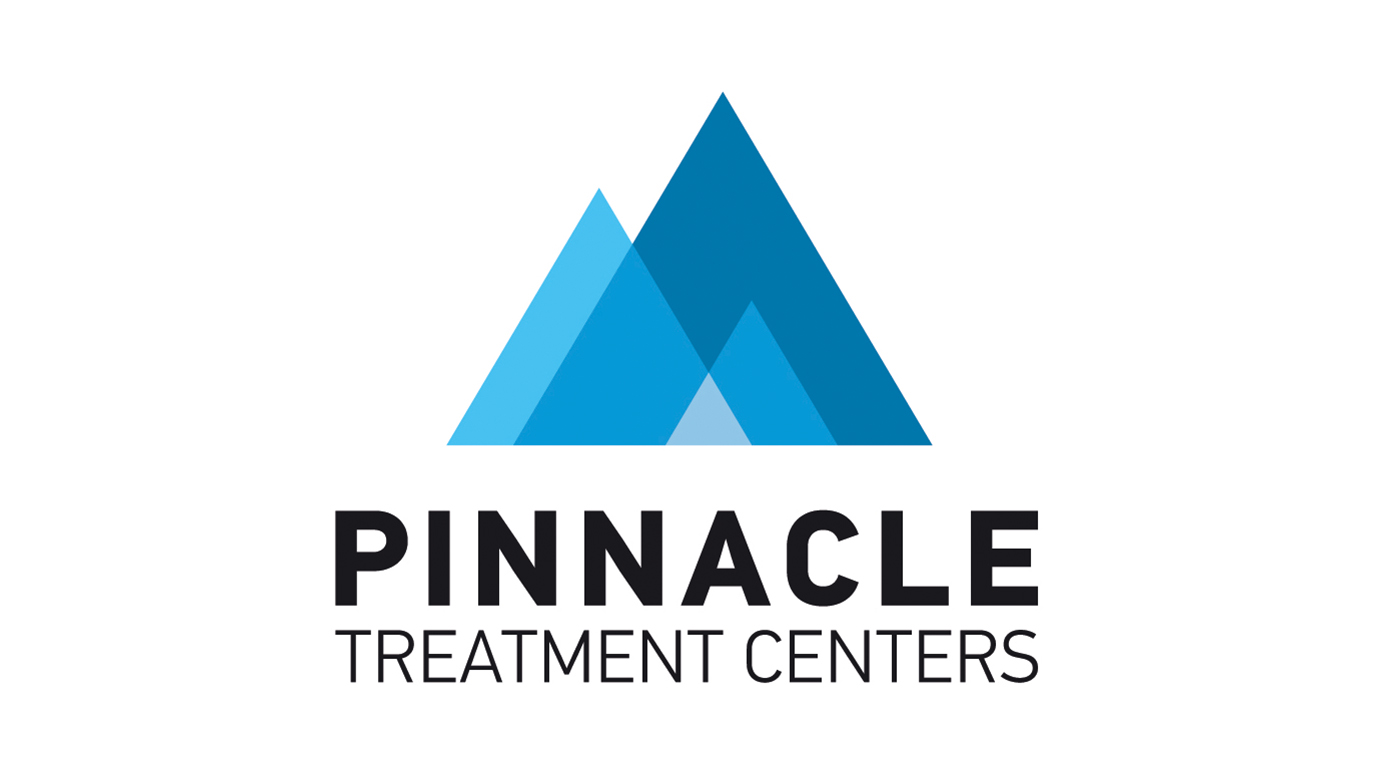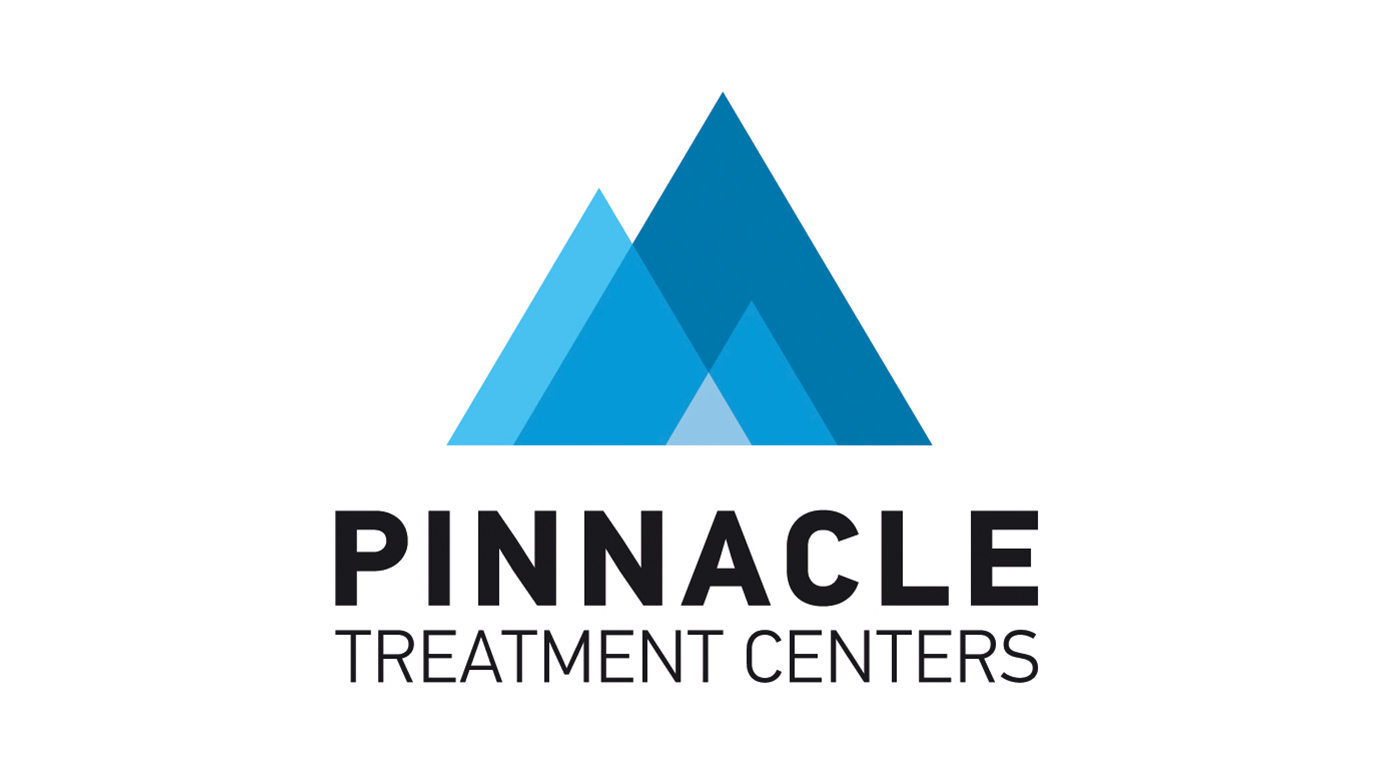Sep 15, 2020
For many people, the terms “addict” and “alcoholic” evoke strong negative feelings and images of people who have chosen drugs and alcohol over their families, their jobs, public safety, and their health. Developing problems with drugs or alcohol is still commonly believed to be a choice, a moral failing, or even a sin. For the 1 in 10 Americans who have a drug or alcohol-use disorder at some point in their lives, these conceptions cause profoundly damaging consequences to self-esteem, mental health, physical health, personal relationships, employment, housing, and their willingness to seek help. For some, the ongoing stigma and misunderstandings around drug and alcohol use problems is deadly.
Unlearning stigma
Stigma is learned and based on perceptions and assumptions, not facts. Below are facts about Substance Use Disorders (SUDs) according to experts and scientific research:
- SUD is a chronic but treatable medical disease
- The person with the SUD isn’t to blame for developing the disorder, as it is determinded largely by genetics
- SUDs are often rooted in physical, sexual, and emotional trauma
- Poverty, racism, and other forms of discrimination are also associated with the development of SUDs
- A hallmark symptom of an SUD is the inability to control drug and alcohol use, despite even the most profound personal consequences
- Only 10% of people who need treatment for SUDs receive it
- People without economic and social privilege, including Black and Indigenous People of Color, are often unable to access treatment or are incarcerated
- Some interventions that help people with SUDs live healthier lives are stigmatized and inaccessible, including harm reduction strategies such as substitution medications and needle exchanges
- The stigma around SUDs often prevents people from seeking treatment
- Having an SUD can deprive people of housing, employment, insurance, and basic human rights
- SUDs are treatable. People can make full recoveries and live happy, purposeful, successful lives
People who struggle with substance use problems often internalize societal stigma and develop “self-stigma,” which can cause significant emotional pain, low self-esteem, worsening substance use, and difficulty in asking for help. Self-stigma can also cause a person to withdraw from friends, family, and community, which interferes with potential pathways to help and support.
Ways to combat self-stigma:
- Professional services: Treatment recommendations ideally come from a family doctor, therapist, or social worker who is familiar with your history. If looking online for treatment, it’s best to start by searching a national database from an organization that evaluates how providers operate, such as CARF International or The Joint Commission. The National Association of Addiction Treatment Providers (NAATP) offers a Treatment Selection Guide to help identify quality treatment services – where to look, what to ask, and how to find the best fit.
- Community support groups: Many different kinds of support groups are available in person in many communities as well as online, are free of charge to attend, such as SMART Recovery, LifeRing, Alcholoics Anonymous, Narcotics Anonymous, and In the Rooms.
The damaging stigma surrounding SUDs can be reduced. We can be mindful about the language we use when we talk about SUDs. Instead of using terms such as “drug abuser,” “alcoholic,” and “heroin addict,” we can say “a person with a substance use disorder.” We must understand that although there is no “cure” for SUDs, people can and do get well.
Making a few changes in how we talk about substance use disorders and how we perceive those that struggle from it can make a meaningful impact on those who need help. Learning the facts and having open conversations about alcohol and drug use and their consequences, as well as the potential benefits of treatment and community supports, can reduce the isolation and internalized shame caused by stigma. It can also instill hope, and in some cases, it may save a life.
Author:
Annie Peters, Ph.D.
NAATP Director of Research and Education
Content originally created for Mediaplanet Health Content Hub




